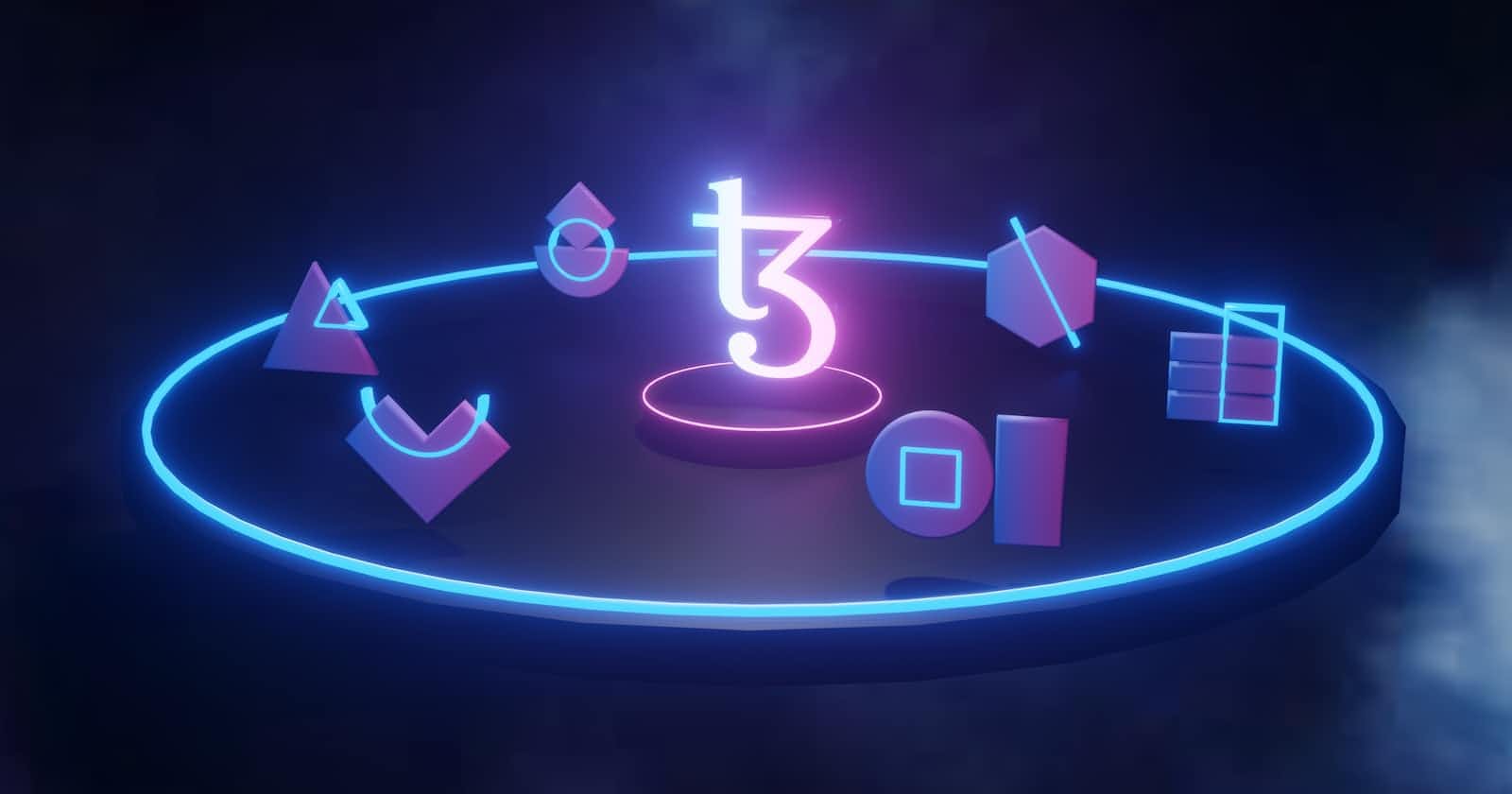Table of contents
No headings in the article.
Introduction:
In the dynamic world of technology, where innovation is the name of the game, blockchain is making waves that extend far beyond cryptocurrencies. One particularly exciting frontier is the intersection of blockchain and gaming, a space where teenagers find themselves at home. This article unravels the fascinating relationship between blockchain technology and the gaming industry, showcasing the potential for decentralized virtual economies to redefine the gaming experience.
1. Power to the Player:
Traditionally, in-game assets and currencies are controlled by game developers, limiting players' ownership and ability to trade. Enter blockchain, offering a decentralized approach that grants players true ownership of their virtual items. This means that the sword, skin, or any other in-game asset you acquire is genuinely yours, with blockchain ensuring secure ownership records.
2. Secure and Transparent Transactions:
Blockchain's secure and transparent nature is a game-changer for in-game transactions. Teens can explore the concept of using cryptocurrencies within games, allowing for swift and secure transactions. This not only provides a seamless purchasing experience but also reduces the risk of fraud, enhancing overall trust in virtual economies.
3. Play-to-Earn Revolution:
The play-to-earn model is gaining momentum, and blockchain is a driving force behind it. Teens can delve into the concept of earning real-world value through their gaming efforts. By participating in blockchain-powered games, players can earn cryptocurrency or valuable in-game assets that can be traded or sold, creating a new dimension to the gaming experience.
4. Decentralized Gaming Ecosystems:
Blockchain facilitates the creation of decentralized gaming ecosystems. Teens can explore how this shift away from centralized control allows for community-driven development, where players have a say in the game's evolution. This democratization fosters creativity, diversity, and a sense of community ownership among gamers.
5. Notable Examples:
Highlighting specific examples can make the concept more tangible for teens:
Axie Infinity: This blockchain-based game allows players to collect, breed, and battle fantasy creatures known as Axies, with the potential to earn cryptocurrency.
Decentraland: An Ethereum-based virtual world where users can buy, sell, and build on virtual land, turning digital real estate into a valuable commodity.
Conclusion:
Blockchain and gaming are crafting a thrilling narrative of ownership, innovation, and community empowerment. For teens who are passionate about gaming, understanding the potential of blockchain in this space opens doors to new possibilities. As virtual worlds continue to evolve, powered by the decentralized magic of blockchain, the future promises a gaming experience that is truly in the hands of the players. It's not just about playing the game; it's about being a part of the game-changing revolution. Get ready to level up!
Thanks for reading, If you’d like to see more posts on Nfts, Blockchain, Web3, Linux, Python, Git, GitHub and Cybersecurity, follow me on my social media handles.


